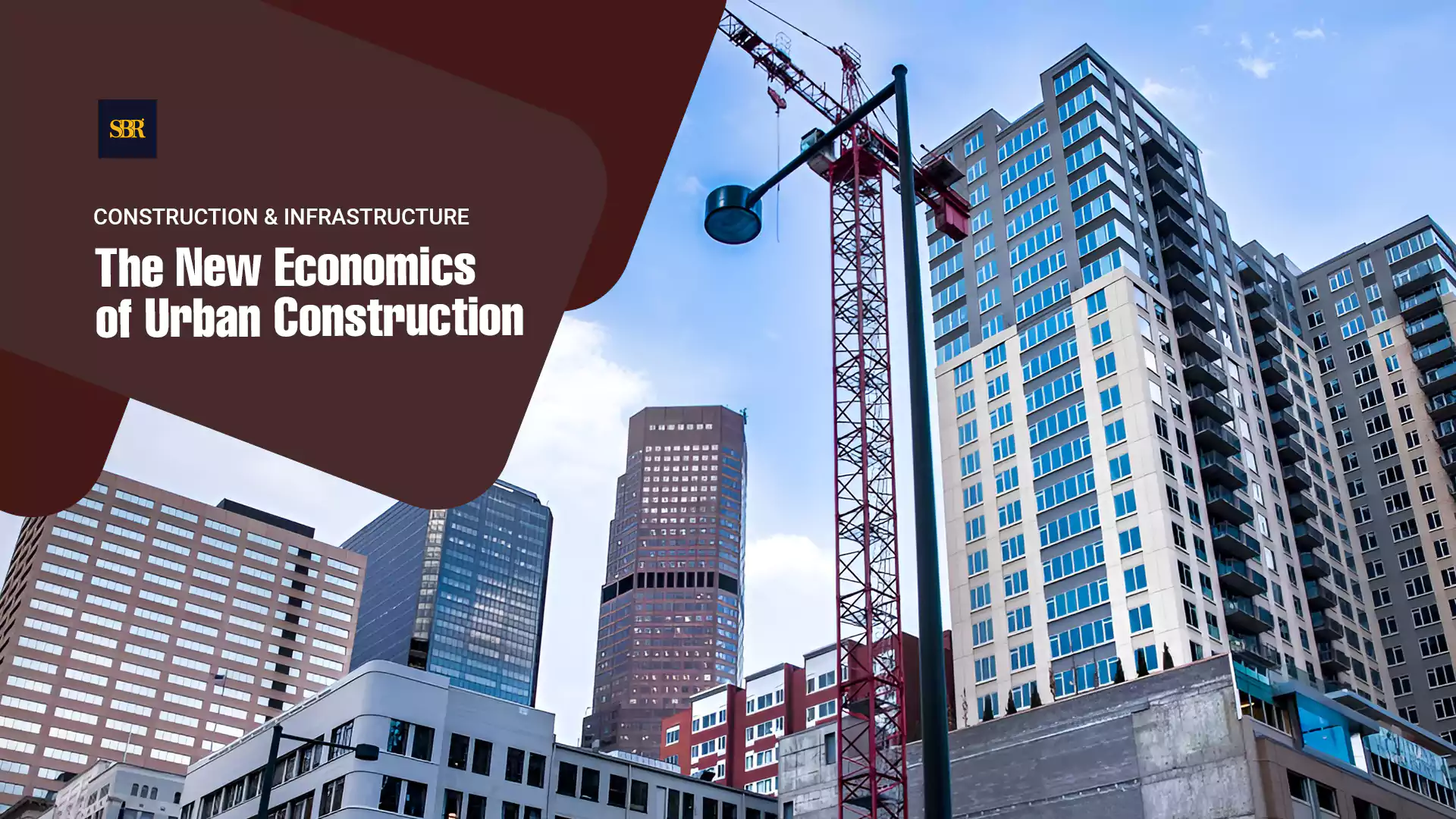Virtual reality, or VR, in architecture is revolutionizing how designers, clients, and engineers bring structures to life before a single brick is laid. With immersive tools that allow full-scale walkthroughs and real-time feedback, architecture firms are replacing static blueprints with dynamic, interactive design experiences. This shift is not just a tech upgrade, it is a fundamental transformation of architectural workflow and client engagement.
Immersive Visualization Replaces Traditional Design Tools
Architecture visualization using VR is helping clients and stakeholders better understand spatial relationships, scale, and material finishes. No more struggling to interpret flat drawings. VR enables interactive environments that simulate daylight, textures, and room-to-room flow with astonishing accuracy.
Leading tools like Unreal Engine, Twinmotion, and Unity 3D combined with VR headsets such as Oculus Rift and HTC Vive, allow designers to conduct virtual walkthroughs of proposed spaces. These technologies are now integral to BIM-integrated architectural design, saving time and reducing costly revisions.
How VR in Architecture Improves Collaboration and Reduces Risk
By integrating building information modeling (BIM) with VR platforms, teams can test real-time changes and optimize layouts early in the design phase. This collaborative, 360-degree visualization improves communication across teams and with clients especially those unfamiliar with technical design language.
Virtual walkthroughs eliminate ambiguity and ensure all project members from engineers to interior designers are aligned. This minimizes miscommunication, shortens approval cycles, and reduces rework, helping projects stay on budget and on time.
Case Study - Zaha Hadid Architects Uses VR for Complex Design Execution
In a recent high-profile project, Zaha Hadid Architects used VR architectural design to develop a futuristic pavilion. Clients could walk through the full design using VR headsets, providing feedback on form, functionality, and spatial flow.
The team integrated parametric architecture tools with VR visualization, making real-time iterations possible.
The result? Faster approvals, fewer revisions, and a significant reduction in design-to-build errors. This helped in proving that immersive technology can transform complex architectural projects from concept to construction.
Challenges
Despite the promise of VR in design, adoption isn’t without hurdles.
3D modeling software for architecture often requires steep learning curves and high-performance hardware.
For smaller firms, the initial cost of headsets, software, and training may feel prohibitive. Some clients may be hesitant to adopt VR due to discomfort with new tech.
Integrating VR with sustainable architecture practices or legacy CAD workflows can require process overhauls.
Still, as demand for green buildings and high-fidelity digital twins grows, VR's benefits often outweigh the costs.
2030 and Beyond for Virtual Reality in Architecture
As architecture moves toward sustainability and smart city planning, VR will play a critical role in scenario testing and energy modeling. The rise of climate-responsive architecture means designers must anticipate heat flow, lighting, and airflow patterns before construction begins, VR can simulate these conditions in real time.
Emerging integrations with AR, AI, and digital twins will allow architects to monitor building performance post-construction, closing the loop between design, usage, and maintenance. By 2030, virtual and parametric design tools may replace static design methods entirely, reshaping both the profession and the built environment.
Frequently Asked Questions
Can virtual reality replace physical models?
Yes. VR can simulate architectural models at full scale, offering greater interactivity and realism than traditional physical mock-ups. While some firms still use both, VR allows for faster revisions, cost savings, and immersive design testing, especially in early project stages.
How does VR help clients visualize designs?
VR offers a 360-degree walkthrough of architectural spaces before construction begins. Clients can experience lighting, materials, and spatial flow in real-time, enabling informed feedback and reducing misunderstandings common with 2D drawings.
What software is used for VR in architecture?
Popular VR architecture tools include Unreal Engine, Unity, Enscape, Twinmotion, and Autodesk Revit with VR integrations. These programs allow for detailed, real-time rendering of virtual spaces and often support BIM and parametric modeling.
How accurate is VR in architecture?
Modern VR platforms offer high accuracy when integrated with BIM and CAD data. They reflect real-world dimensions, material properties, and lighting conditions, making them reliable for spatial planning and construction previews.
What industries use VR in construction and design?
Beyond architecture, VR is used in interior design, urban planning, real estate development, and engineering. It’s also adopted in civil infrastructure, facility management, and sustainable design to test layouts, safety, and environmental performance.
The Future is (Virtually) Here
As VR in architecture continues to evolve, its role in shaping human experience and environmental responsibility grows deeper. It’s more than a trend, it’s a transformation. With global leaders already integrating immersive tools into their everyday workflows, the future of architecture is no longer on paper, it’s inside a headset.
VR in architecture brings spaces to life before construction begins, enabling clearer decisions and faster project approvals.















